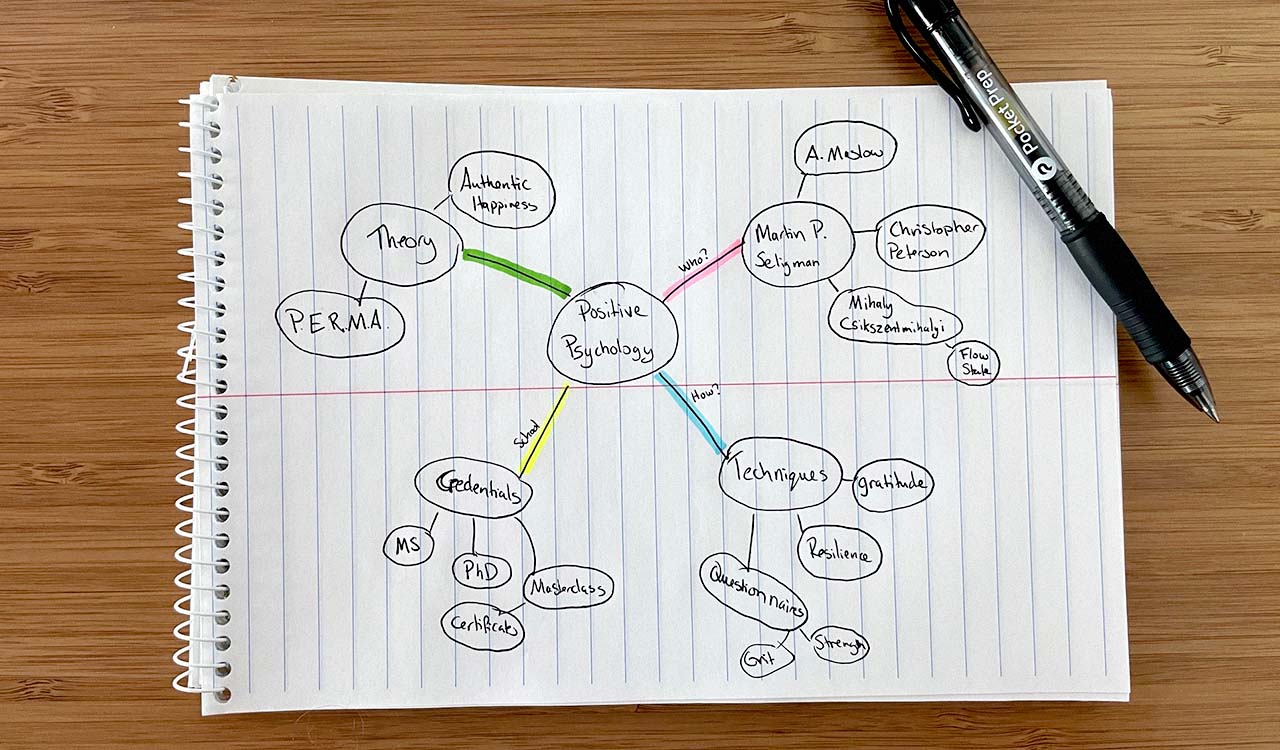Mind mapping is a simple yet powerful way to bring order to chaos. Whether you’re planning a project, studying for an exam, or just brainstorming ideas, mind mapping can help you think more clearly and creatively. In this post, we’ll break down how mind mapping works, what it’s used for, and how you can create one step by step.
What is a Mind Map?
A mind map is a visual tool that helps you organize information in a way that mirrors how your brain naturally works. Instead of listing things in a boring line, you start with a central idea and draw branches that represent related topics or thoughts. From there, you can keep branching out with more ideas or details. It’s like a tree for your thoughts—simple, visual, and easy to follow.
Mind mapping is all about connecting concepts through associations, using color, images, and keywords. This structure taps into the brain’s natural preference for visual and spatial information, making it easier to understand and remember what you’re working on.

What Are Mind Maps Most Useful For?
Mind maps are one of those tools that can be used in so many ways, it’s kind of amazing. Whether you’re working alone or with a team, they help you get your thoughts out of your head and onto paper—or screen—in a way that actually makes sense. Here’s how people commonly use them:
Brainstorming Ideas: Mind maps are perfect for quickly generating and organizing ideas. Whether you’re working alone or with a team, they help you see connections between concepts and come up with creative solutions fast.
Planning and Organizing: Use a mind map to lay out projects, goals, or tasks. It gives you a clear visual of what needs to be done and helps track progress more easily.
Solving Problems: Break down complex problems into smaller parts using a mind map. This makes it easier to spot causes, solutions, and how everything connects.
Taking and Reviewing Notes: Mind maps make note-taking more visual and structured, which helps you quickly review and remember important points. Great for studying or prepping for meetings.
Learning New Things: If you’re trying to understand a tough topic, a mind map can help simplify it. It’s especially useful for visual learners who like seeing how ideas fit together.
Presenting and Communicating: Mind maps are great for explaining things clearly. They let you show key points and how they connect without overwhelming your audience.
Benefits of Using Mind Maps For Learning and Memory
Mind mapping isn’t just a fun way to doodle your thoughts—it actually helps you learn better, think more creatively, and stay organized. Here’s how it supports different parts of your learning, memory, thinking process:
Helps You Remember More: Since mind maps are visual and colorful, they play to the strengths of visual learners and make facts easier to stick. Some studies even say they can improve memory by up to 15%.
Simplifies Complex Info: Instead of getting overwhelmed by details, mind maps break things down into smaller pieces. That makes complicated topics feel way more manageable.
Makes Recall Easier: Because your brain loves visuals and spatial layouts, the format of a mind map helps you recall information faster when you need it.
Uses Visual Reminders: Things like images, bright colors, and symbols don’t just make your map look cool—they also act as reminders that strengthen what you’ve learned.
Shows What You’re Missing: Building a mind map helps you quickly notice if something doesn’t quite fit or if you’ve left a topic out, which helps guide your study sessions.
Links Ideas Together: Mind maps are great at showing how different ideas connect, helping you understand not just individual points, but the bigger picture too.
How to Do Mind Maps Correctly
You don’t need to be an artist to make a mind map—just follow these five easy steps.
- Start with a Central Idea: Put your main topic right in the center of the page. It could be a word, phrase, or image. Make it stand out because everything else will branch out from here.
- Add Branches for Categories: Draw lines out from the central idea to your main categories or key points. Keep it simple—around five to seven branches is ideal so your mind doesn’t get overwhelmed.
- Expand with Sub-branches: From each category, you can add more lines with supporting details or ideas. These sub-branches help break down your thoughts even further.
- Use Visuals: Don’t just stick to words. Add color, icons, symbols, or even little drawings. This makes your mind map more engaging and helps your brain remember the information better.
- Refine and Review: Once you’ve got everything down, take a look at the big picture. Rearrange or clean things up if needed. The more you review your mind map, the more the ideas will stick with you.

Give Mind Mapping a Try!
Whether you’re preparing for an exam or brainstorming new ideas, Mind Mapping is a great tool to help you remember and improve your current knowledge. So, the next time you’re about to study, follow the handy tips above. Don’t worry about getting it perfect. Just remember to make it easy and fun for you to understand.

 learning science
learning science